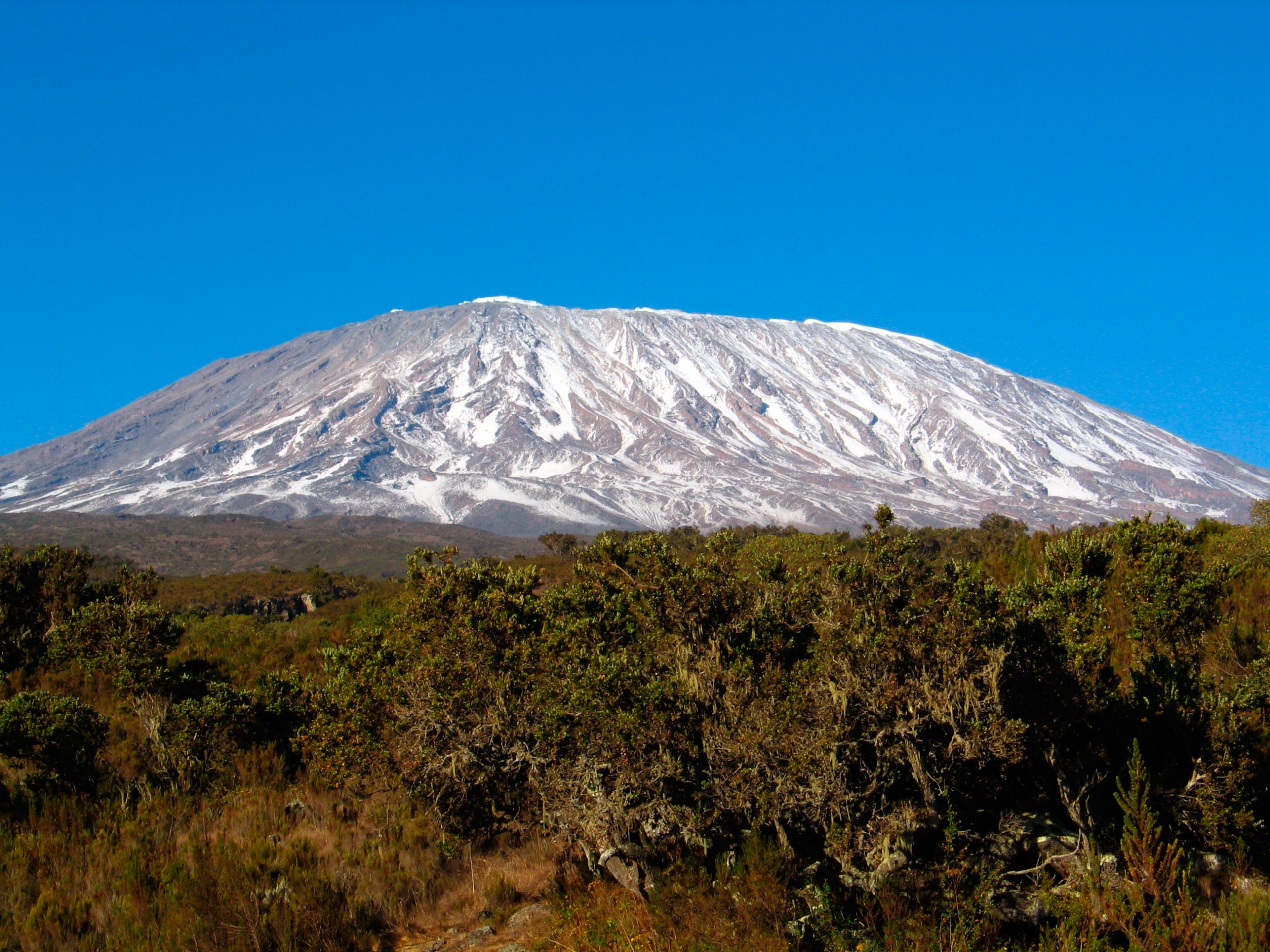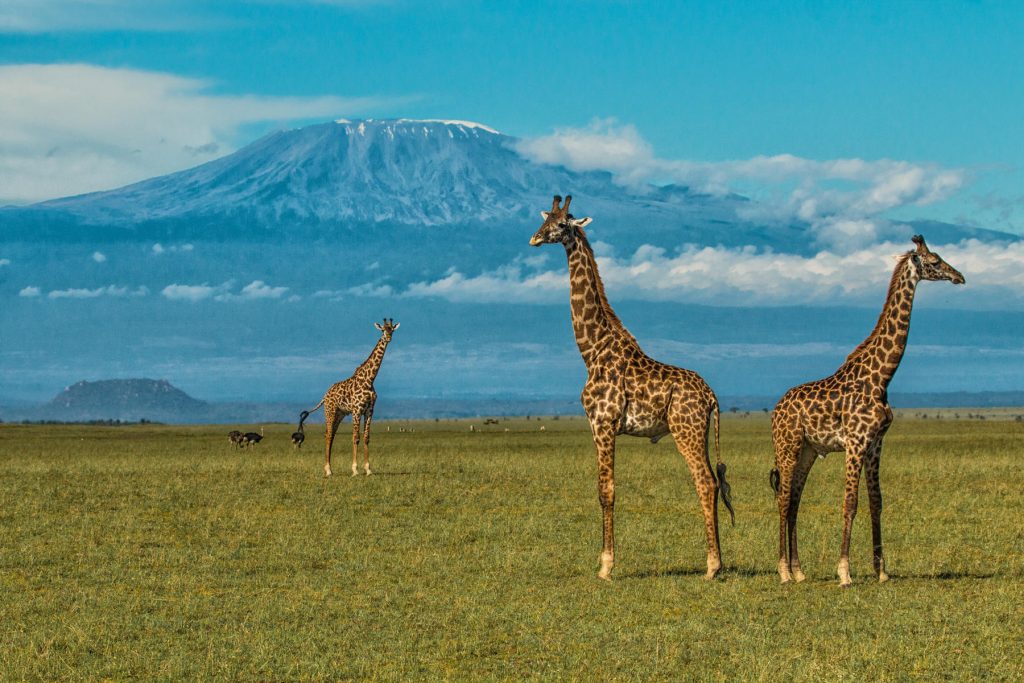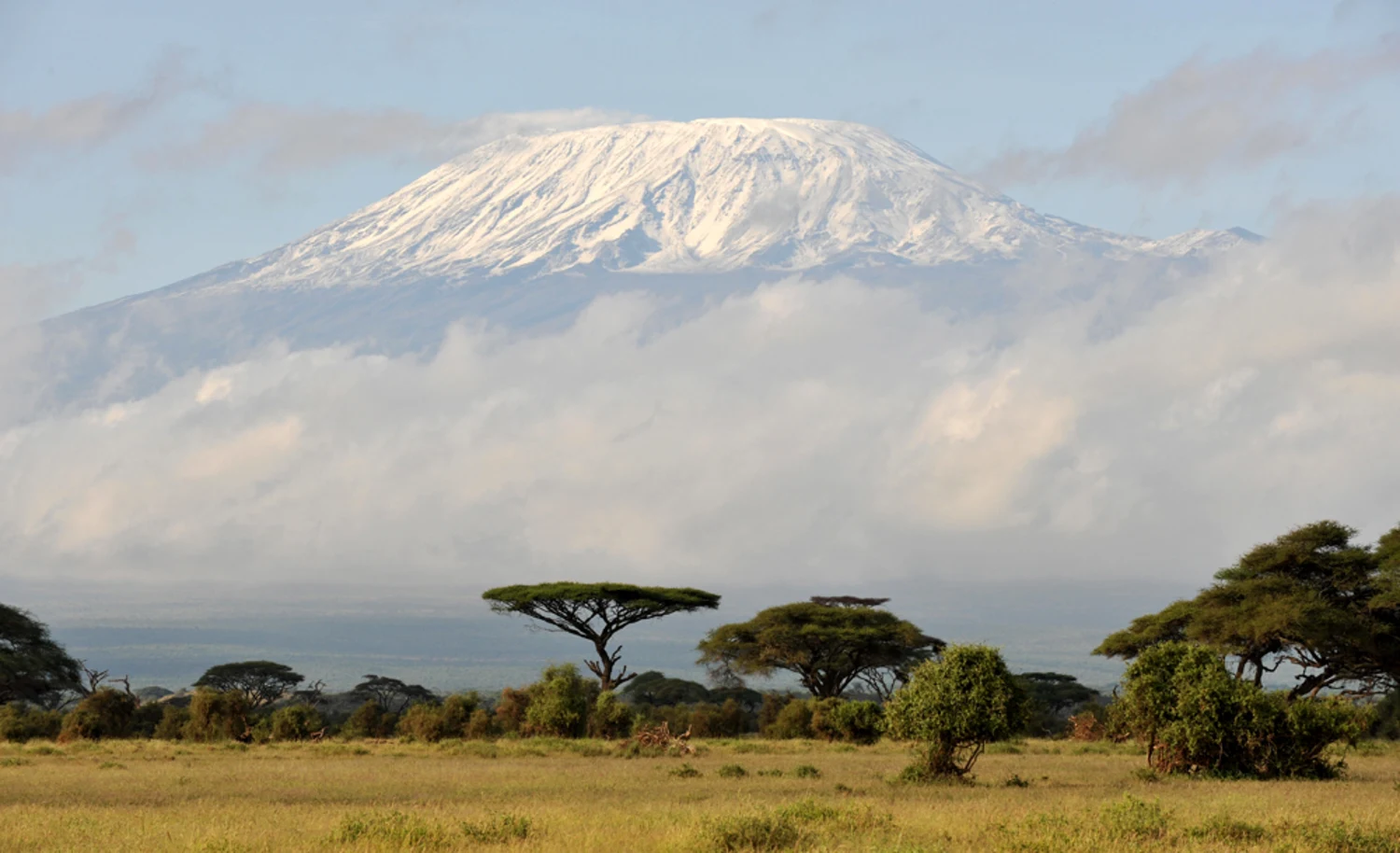Mt. Kilimanjaro Climb Guide: Plan a safe summit: choose a 7–9 day route (Lemosho/Northern Circuit for best success), climb in dry months (Dec–mid-Mar, late Jun–Oct), and prioritize acclimatization. Book with a vetted operator that includes TANAPA fees, rescue coverage, and ethical porter practices.
Key Takeaways
- Best Routes: Longer routes like Lemosho and Northern Circuit have the highest summit success rates due to better acclimatization.
- Ideal Timing: The dry seasons from December to mid-March and late June to October offer the most stable weather.
- Safety First: Altitude, not technical climbing, is the main challenge.
- Choose a 7–9 day itinerary and follow a reputable guide’s advice to ensure safety.
Intro — Who this guide is for?
This concise climb Kilimanjaro guide is for fit walkers and first-time trekkers who want a realistic plan to summit safely. You’ll find route choices, ideal days, permit & fee notes, altitude-safety best practices, a precise packing checklist and two sample itineraries.

Request a tailored Kilimanjaro quote
Kilimanjaro Quick Facts
- Summit (Uhuru Peak): 5,895 m / 19,341 ft
- Typical itineraries: 5–9 days — recommended 7–9 days for best acclimatization and summit success
- Best months: Dry seasons — Dec–mid-Mar and late Jun–Oct
- Technical difficulty: Non-technical (no ropes/ice climbing on standard routes). Main challenge = altitude & endurance.
Route Comparison — pick the route that fits you
| Route | Typical days | Best for | Note |
| Lemosho | 7–8 | Scenery + acclimatization | Longer, gentle ascent; high success. |
| Machame | 6–8 | Classic scenic route | Popular; 8 days preferred to 6 for success. |
| Rongai | 6–7 | Quieter, northern approach | Gentler gradients; less crowded. |
| Marangu | 5–6 | Hut sleepers | Shorter; lower success than longer options. |
| Northern Circuit | 8–9+ | Maximum acclimatization & solitude | Longest route; best acclimatization and success. |
Rule of thumb: longer = better acclimatization = higher summit success. Aim for 7+ days where possible.
Book Our Tailored Mountain Kilimanjaro Package here now!
Planning your climb — days & logistics
How many days? The minimum realistic is 6 days (higher AMS risk). Recommended: 7 days (good balance) or 8–9 days (best chances). Longer itineraries allow the “climb high, sleep low” approach.
Permits & Fees: Park fees and campsite/hut fees are set by Tanzania National Parks (TANAPA). These fees change periodically, so it’s essential to budget for park entry, rescue fees, and camping/hut fees. For official tariff details, consult the TANAPA website.
Most operators, including Agasaro, bundle all TANAPA fees, crew wages, food, and transport into a single per-person price. Always ask for a detailed quote that lists the TANAPA component

Related Blog Article: Best Mountains to Hike in East Africa (2025/2026)
Altitude sickness — what to know
Symptoms: headache, nausea, dizziness, poor sleep. Severe signs (confusion, severe breathlessness) require immediate descent.
Prevention: choose a 7–9 day itinerary; follow “climb high, sleep low”; hydrate; avoid alcohol; eat well. Consult your doctor about acetazolamide (Diamox) if appropriate.
Emergency: confirm your operator carries oxygen, evacuation plans, and has clear medical protocols.
Quick action: If symptoms worsen, descend immediately — descent is the most effective treatment.
What to pack
Clothing & footwear
- Base layers (thermal) × 2
- Insulated down jacket (to −10°C)
- Waterproof shell & trousers
- Warm hat, balaclava, inner + insulated gloves
- Sturdy waterproof trekking boots (broken in) + gaiters
Gear & safety
- Headlamp + spare batteries
- Trekking poles (highly recommended)
- Sunglasses (UV), sunscreen SPF 50
- Sleeping bag (−10°C rating)
- Personal first-aid pack, blister kit, water purification tablets
Foot traction: Crampons rarely required on standard routes; microspikes may help in icy conditions — follow guide advice.
Fitness & 8-week training primer
Focus: aerobic endurance (long hikes, stair/slope work), leg strength, and weekend hikes with a daypack.
Sample micro-plan (8 weeks): 3 cardio sessions/week (45–90 mins), 1 long hike/week (build to 6–8 hours), 2 strength sessions (legs/core). Simulate altitude where possible.
Summit night — timeline & expectations
- Start: 23:00–00:30 from high camp (e.g., Barafu)
- Up time: 6–8 hours to Stella Point / Uhuru Peak
- Descent: 3–5 hours to lower camp/finish
- Pace: slow & steady — patience > speed.
- Temps: well below freezing near the rim; layers & good gloves/hats are essential.
Safety, guides & porter etiquette (practical)
- Use government-approved guides and confirm guide:client & porter ratios before booking.
- Tipping: customary — operators usually advise a pooled tip; ask for guidance pre-trip.
- Ethical practice: choose operators who publish crew welfare and insurance policies.
Sample itinerary
8 Days Mountain Kilimanjaro Hike- Machame Route (recommended)
Adds extra acclimatization days and a gentler ascent profile — best for summit success and views.
Book the Hike here: https://agasarosafaris.com/8d-7n-mt-kilimanjaro-trekking-machame-route/
Bottom line
Kilimanjaro is achievable for prepared, fit walkers. Choose 7–9 days, prioritize acclimatization, and book with a reputable operator that provides transparent fees, rescue coverage, and ethical porter care.
Final Word: Your Kilimanjaro Journey
Kilimanjaro is an achievable goal for prepared, fit walkers. Choose a 7–9 day route, book with a reputable operator, confirm all fees and rescue coverage, and follow altitude precautions.
Ready to plan? Request a tailored Kilimanjaro quote from Agasaro — we include verified guides, emergency plans, and optional acclimatization add-ons.
The Agasaro team has summited Kilimanjaro over 100 times collectively. This guide is built on our firsthand experience and dedication to safe, ethical climbs. Please note that this advice is for informational purposes and should not replace a consultation with your doctor regarding high-altitude travel.
Frequently Asked Questions
What is the best route to climb Kilimanjaro?
Lemosho and Machame (7–8 days) balance scenery and acclimatization for most climbers. The Northern Circuit (8–9+ days) gives the best acclimatization and higher summit success rates for those with extra time.
When is the best time to climb Kilimanjaro?
Dry seasons — December to mid-March and late June to October — typically offer clearer weather and better summit visibility. Shoulder months may be possible but expect more rain and cloud.
How many days do I need to climb Kilimanjaro?
Plan 7–9 days. Short 5–6 day itineraries increase altitude-sickness risk and reduce summit success. Longer = safer + higher success.
How can I prevent altitude sickness?
Choose a longer itinerary, follow “climb high, sleep low,” hydrate, pace yourself, avoid alcohol, and consult your doctor about medications like acetazolamide if needed.
Do I need crampons on Kilimanjaro?
Not typically for standard routes. Microspikes can help in icy/wet conditions. Operators/lead guides will advise based on current mountain conditions.
How much does it cost to climb Kilimanjaro?
Costs vary by route, itinerary length, group size and operator services. TANAPA sets park fees; operators add crew, food, transport and logistics. Request a line-item quote before booking.
